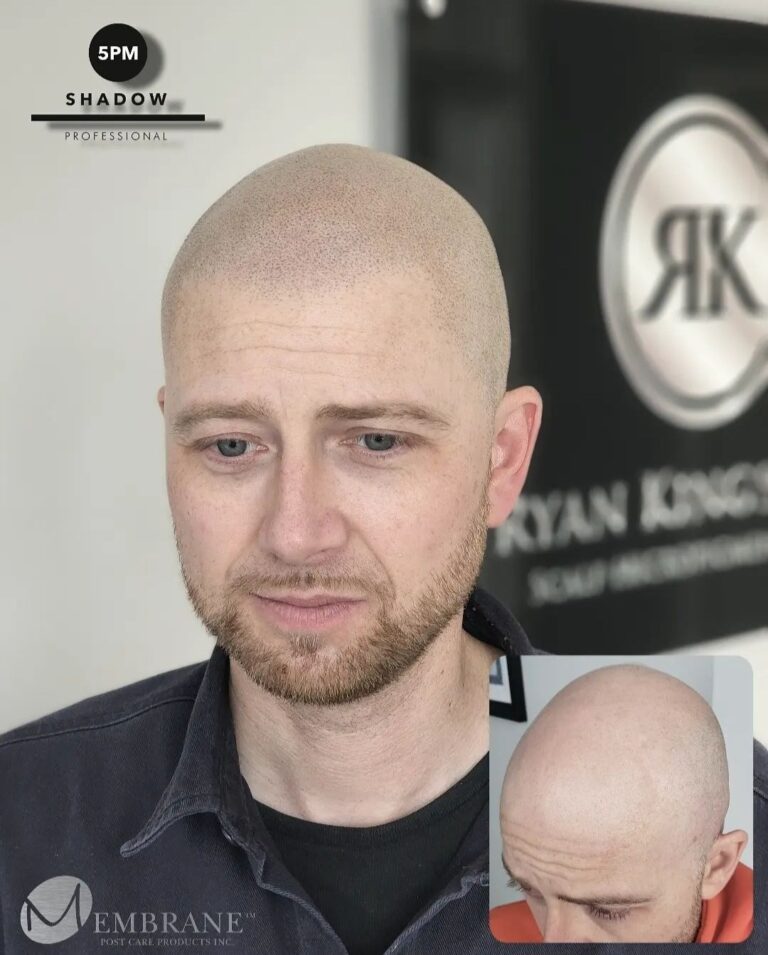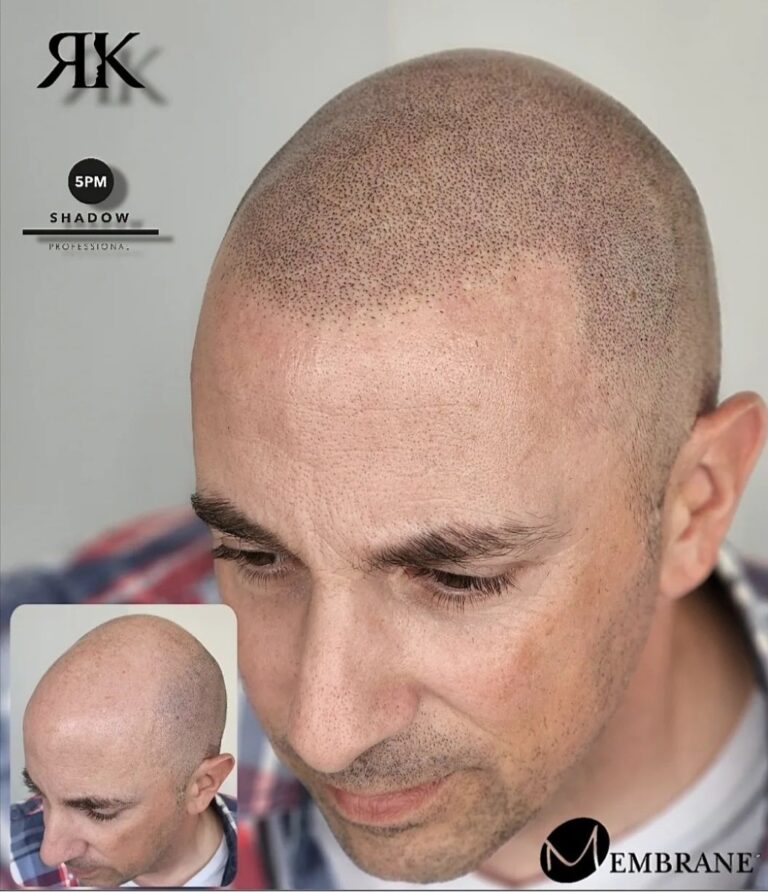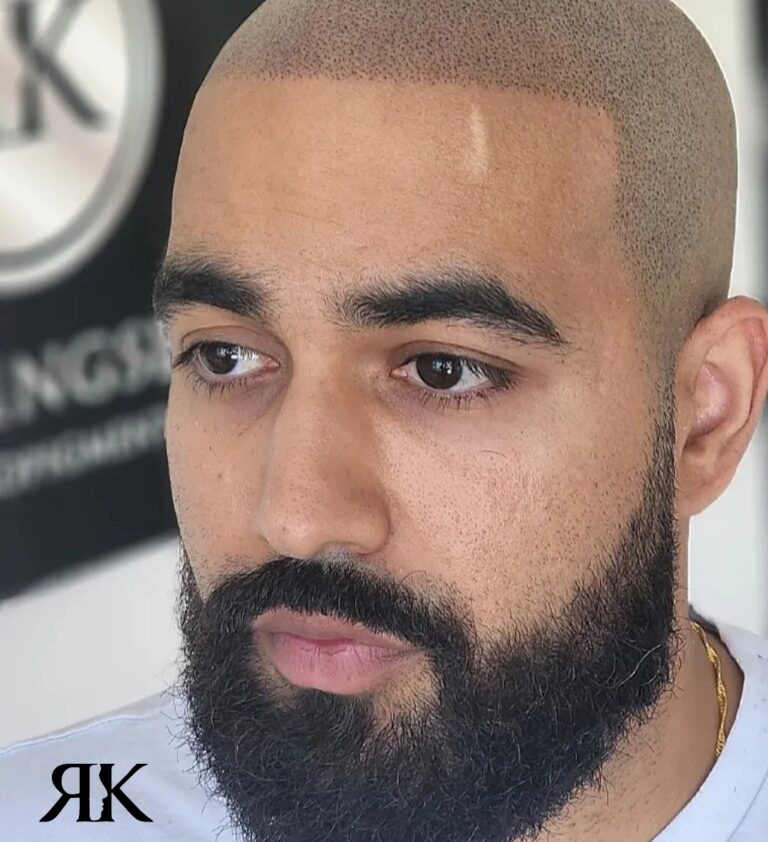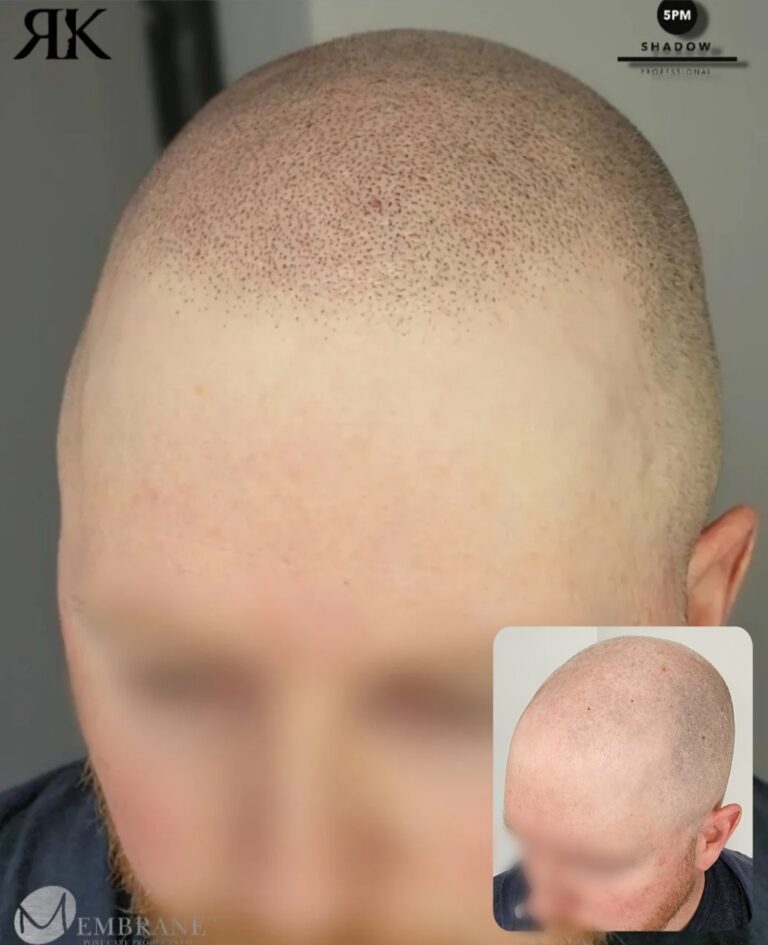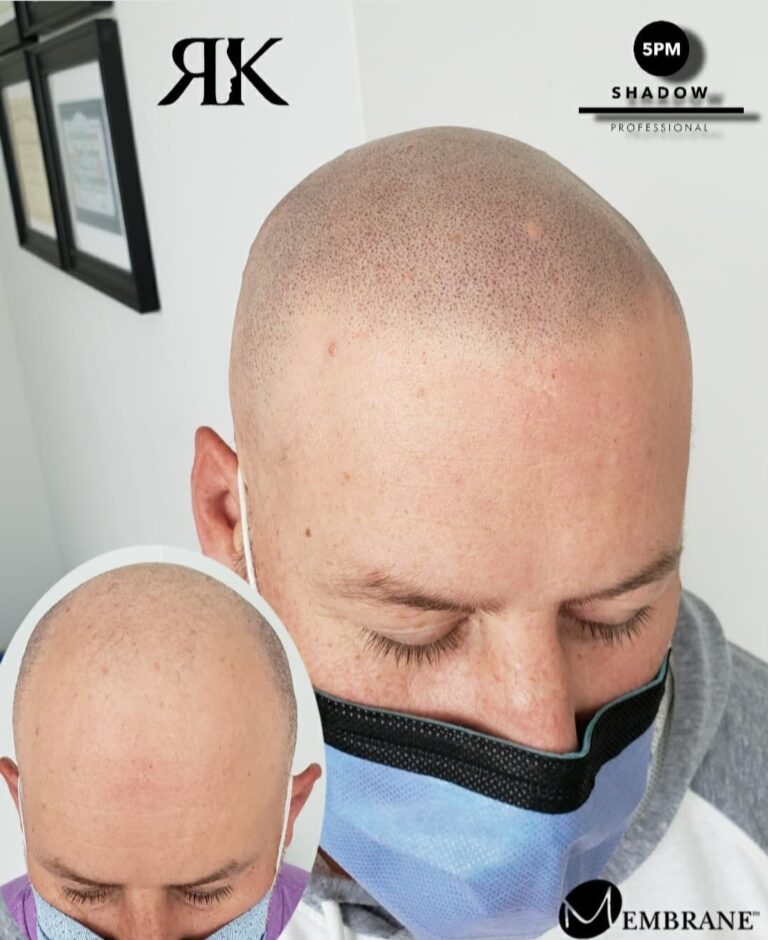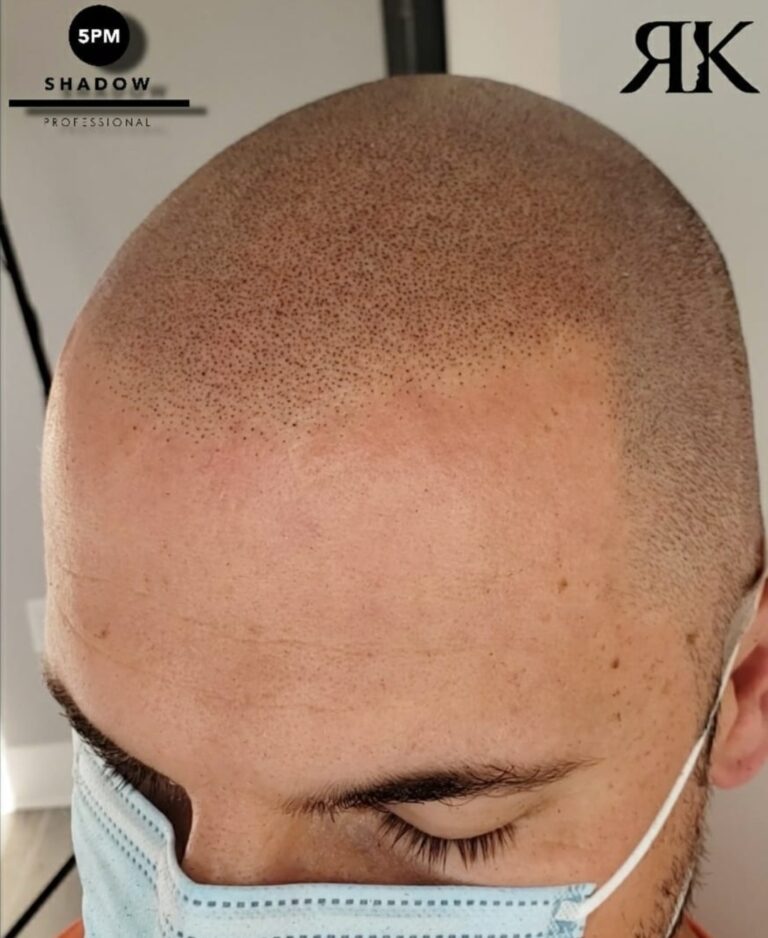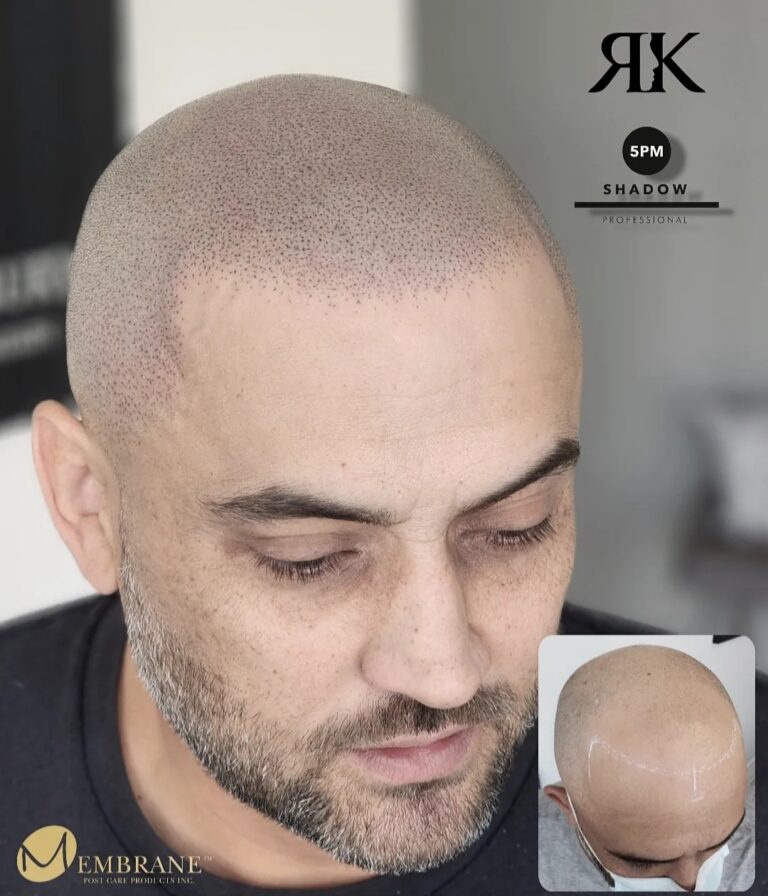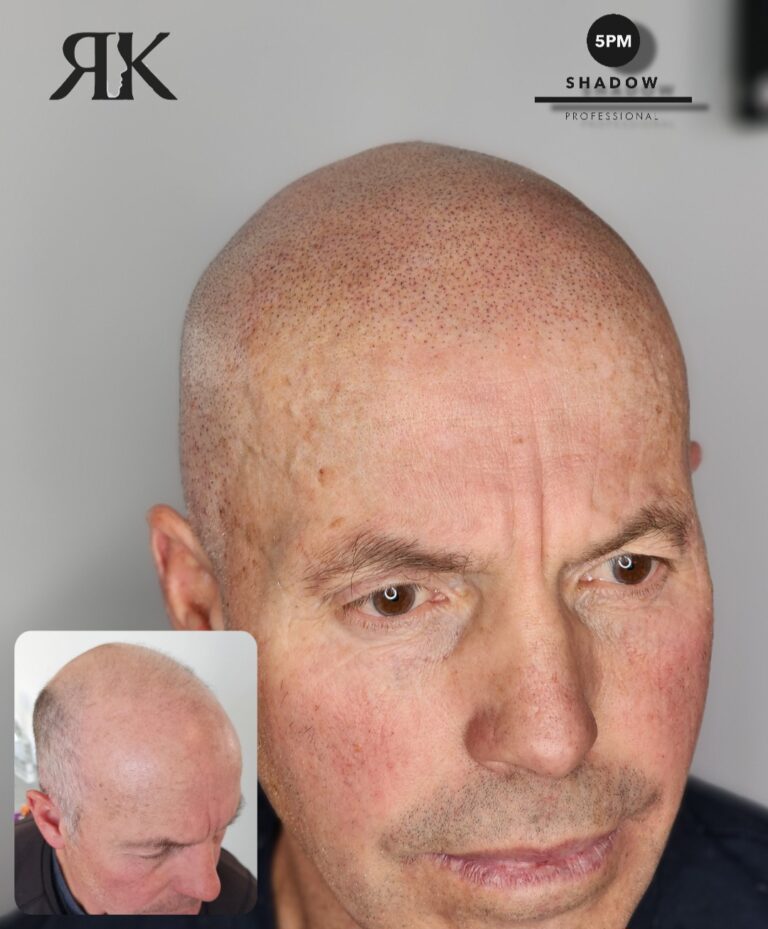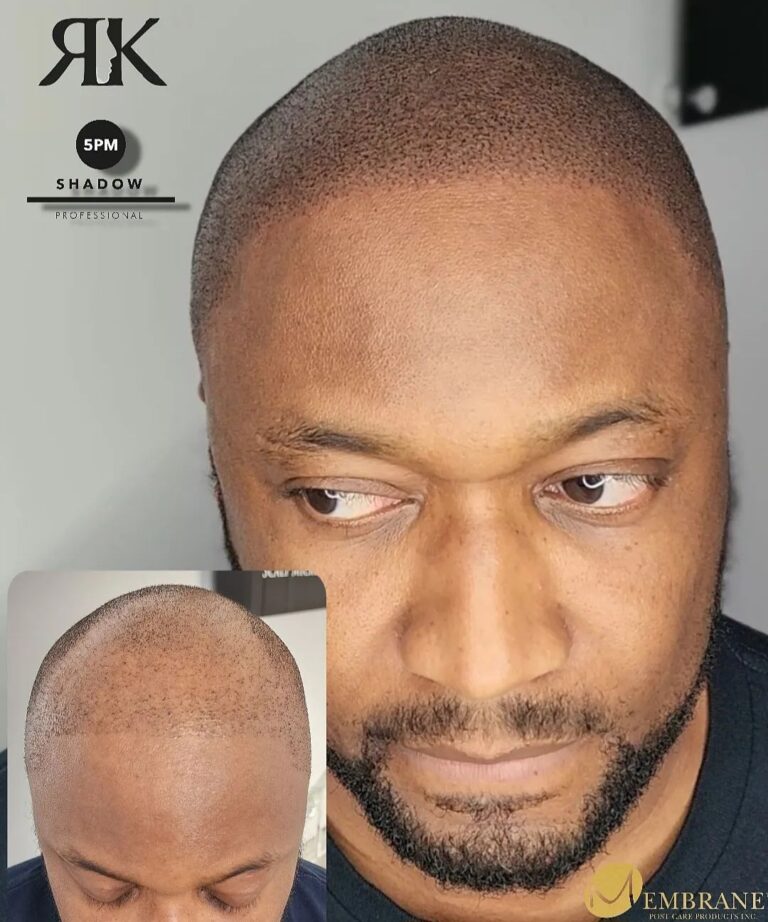Scalp Micropigmentation for Men
There are over 35 million men worldwide that suffer from hair loss and that number continues to rapidly rise. So if you're reading this and you suffer and struggle with it too, remember you are not alone.
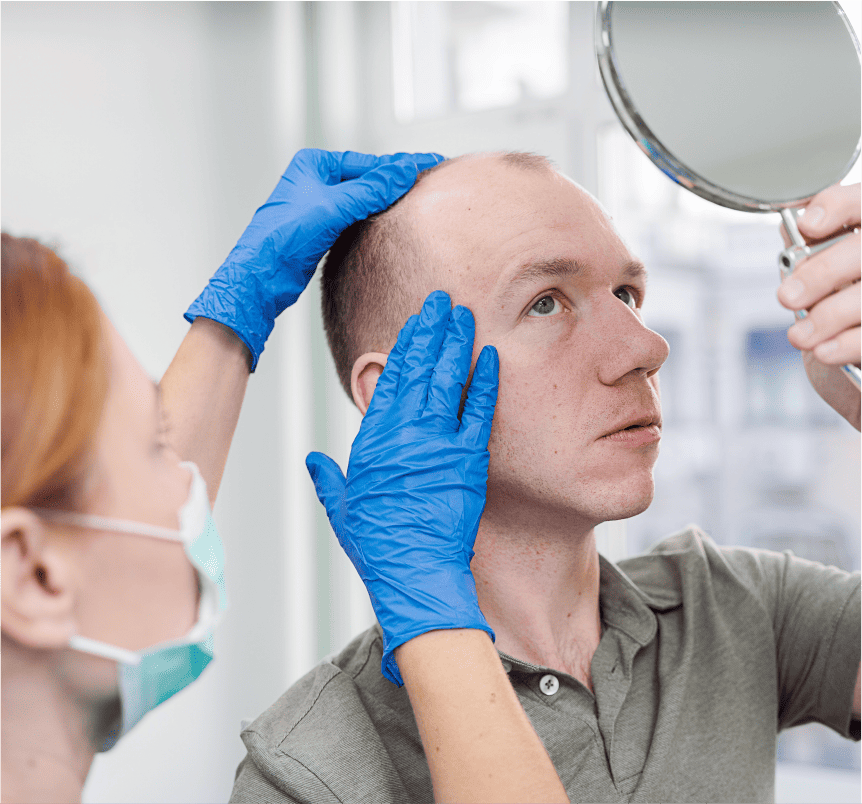
hair loss in both men and women
of baldness can be seen on
the Norwood Scale showing
the 7 levels of male pattern
baldness.
accounts for more than 95% of all hair loss in men. By age
35, two-thirds of men will have some degree of hairline
recession from hair loss. By age 50, approximately 85% of
men will have significantly thinning hair.
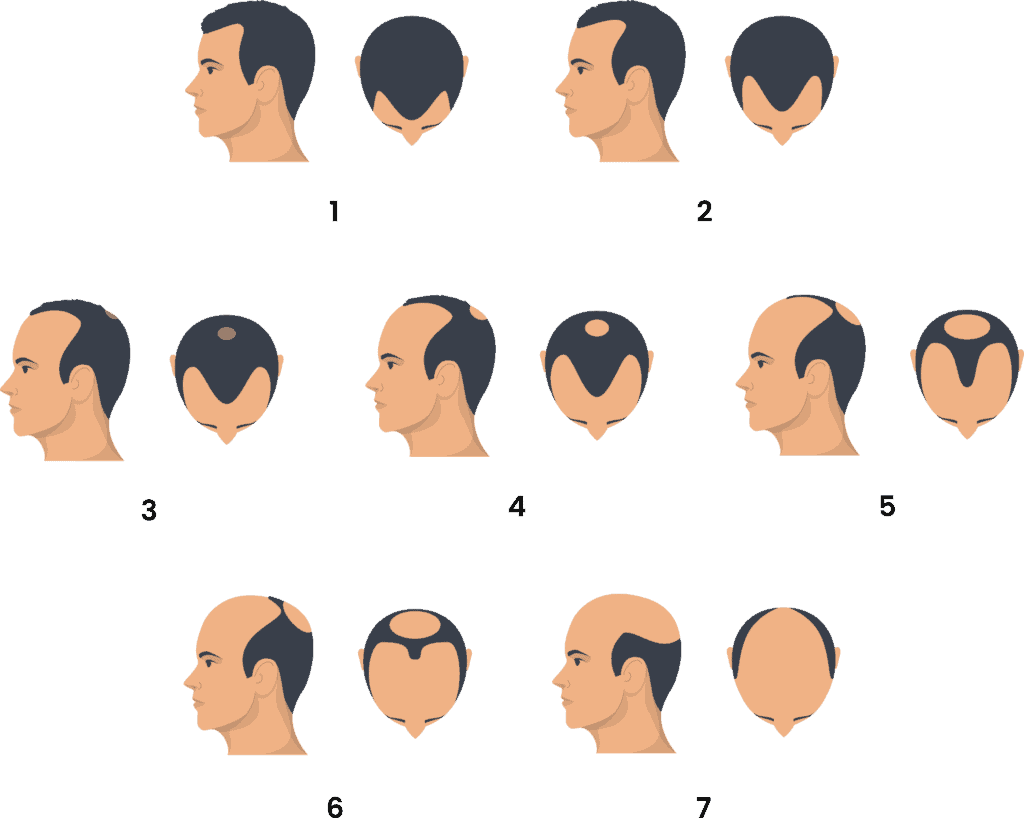

Causes
People typically lose 50 to 100 hairs every day. This is normal for everyone and it’s usually completely unnoticeable because new hair is also growing in at the same time. Hair loss will occur when new hair does not replace the hair that has fallen out.
Hair loss is usually related to one or more of the following factors:
Androgenic alopecia or male pattern baldness is usually hereditary and handed down from family genetics on both parents sides resulting in the same hair loss.
A variety of conditions can cause permanent or temporary hair loss, including hormonal.
- High testosterone
- High cortisol
- High or low thyroid hormone
- DHT (dihydrotestosterone) which is a sex hormone that is a derivative of testosterone, but excess amounts of this hormone can affect the hair follicles. DHT interferes with the hair’s growth cycle, shrinking and shortening the hair making it easier for it to fall out and way more difficult for it to grow back.
Medical conditions include alopecia areata, which is immune system related and causes patchy hair loss. Scalp infection such as ringworm, and a hair-pulling disorder called trichotillomania.
Hair loss can be a side effect of certain drugs, such as those used for cancer, arthritis, depression, heart problems, gout and even high blood pressure.
Many people experience a general thinning of hair several months after a physical or emotional shock. This type of hair loss is temporary and known as Telogen Effluvium in which the hair shedding phase increases from around 100 daily hairs to 300 daily hairs.
Excessive hairstyling or hairstyles that pull your hair tight, such as a ponytail or cornrows, can cause a type of hair loss called traction alopecia where it puts more stress on the hair follicles and causes the hair to fall out.
A number of factors can increase your risk of hair loss, including:
- A family history of balding on your mother’s or father’s side or both
- Aging
- Significant weight loss
- Diabetes
- Stress
- High DHT and Cortisol Levels
- Poor nutrition and diet
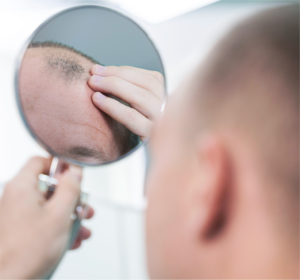

The Good News
No matter what the issue or cause is for your hair loss, Scalp Micropigmentation can change it and completely restore your confidence with a new way of life.
No more wearing hats, no more tedious cover ups or money grabbing ways to hide it.
Scalp Micropigmentation can restore a natural, completely undetectable hairline with the realistic look of a full head of natural shaved hair.
Are you ready for a new life?
View the undetectable natural results on some of my male clients and find some more in the main gallery.
